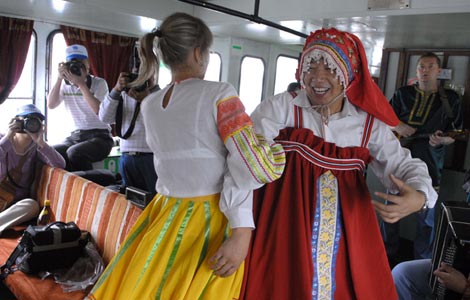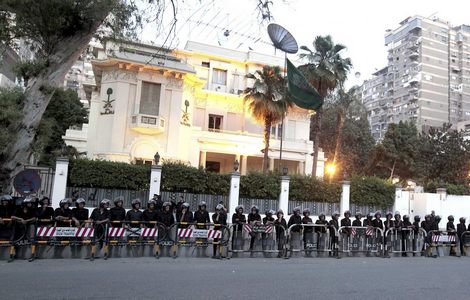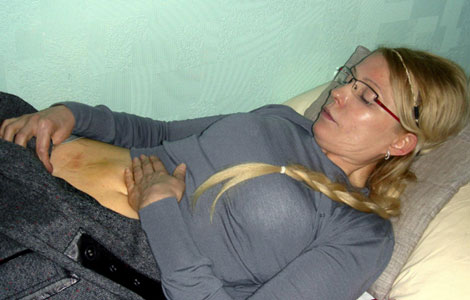 |
|
|
|
|||||||||
US design pioneer reveals groundbreaking work on hotels in China, reports More than two decades ago, before international hotel operators headed to the growing Chinese market like bees to honey, there was an establishment in Guangzhou that many considered to be the epitome of luxury accommodation in the country.
The fame of the White Swan Hotel, built on Shamian Island in the capital of Guangdong province, was partly thanks to interior designer Robert Bilkey.
"The hotel was put together by these pre-revolutionary guys working as architects," recalls Bilkey, who at the time was with the Los Angeles-headquartered hotel design firm Hirsch Bedner Associates. "They had never dealt with a Western international hotel before. Instead of using carpet stretchers, I'd see guys on the floor pulling on broadloom by hand. That was the way the mainland was in the 1980s."
Born in St. Louis and educated in Colorado, Bilkey arrived in China by way of Las Vegas. He worked for Howard Hughes on legendary hotels such as the original Sands, Desert Inn and Frontier. Then Hughes died and Bilkey found his work pipeline drying up. A supplier suggested that he talk to HBA.
"I spoke with (the late) Howard Hirsch and started in 1978," he says. "Less than two months later, I flew to Hong Kong with the mission of closing down its office there."
The Hong Kong office was the first branch HBA opened outside the United States. It did not work out as intended, though, and Bilkey was given the unpleasant task of chalking up the venture as a failure. Instead, he went immediately to a cocktail party upon landing and chatted with a few owners and developers. Within a week, he had contracts for two Macao hotels secured.
"I had to explain to Howard Hirsch that the office needed to keep running," Bilkey says with a wry grin. "White Swan Hotel was one of our first projects. Its original design was like a cave: all stalactites and stalagmites. We re-designed the whole thing, with a lagoon in the middle and a waterfall. We took Chinese elements and blended them into a contemporary design scheme. It was the first time screens were used as room dividers, not up against a wall. We established international design standards from scratch. Its grand opening was attended by Beijing dignitaries; it was the first real international hotel in the mainland."
When he lived in Los Angeles Bilkey was neighbors with a charismatic Colombian, Oscar Llinas, who was completing his master's degree in French literature. While working on renovating the house in Acupulco that had belonged to the actress Merle Oberon for the then Shah of Iran, he asked Llinas to help translate the project details from English into Spanish. Bilkey then asked Llinas to help with selecting materials, colors and finishes.
"Oscar was really good, he has an innate ability for design," recalls Bilkey. "When I moved out to Hong Kong, Oscar had to join me."
In the 1980s, Hong Kong was fast-tracked into becoming "Asia's World City" and a mixed-use complex anchored by a state-of-the-art convention center was planned for Wanchai, to be designed by Ng Chun-man. New World Hotels was the owner and developer of the two sites' hotels, and wanted to get Hyatt on board as an operator. At the time, Hyatt only had Regencies, but Llinas told Bilkey that it should be styled after the grand dames of Europe: a grand Hyatt.
"So we designed it that way. And standards were set for all the Grand Hyatts to follow," recalls Bilkey.
Grand Hyatt Hong Kong opened in 1989 and immediately became a favorite with international visitors flying in for conferences and exhibitions. It remains one of the most popular hotels in the city today.
That year, Bilkey, Llinas and Mauricio Salcedo opened shop as Bilkey Llinas.
From the beginning, the firm operated an office in Florida's Palm Beach, its official corporate headquarters. However, its Hong Kong office has about the same number of staff, with Bilkey and Llinas flying back and forth between the two cities overseeing projects and a total staff of 150 people. Palm Beach handles work for South America's mushrooming hotels while Hong Kong is taking on increasingly more projects in China's tertiary cities, with more than half of its contracts on the Chinese mainland.
"I've seen China grow from nothing to a world power in the past 20 years," Bilkey says. "Of course, it needed to have a lot of hotels and expertise had to be brought in from afar to make them. People had to have a place to stay and something on the menu other than chicken feet. It needed international hotels. China has a tremendous workforce and an amazing push to build throughout the entire country. We started working in Shanghai, Beijing and Guangzhou; as time went on, development spread to secondary and tertiary cities."
Most recently, Bilkey Llinas completed the interior design for a Four Seasons hotel in Hangzhou based on Song Dynasty-inspired architecture and Yan Club at Kunlun Hotel in Beijing, which is imbued with a fantasy garden ambience. With four decades in the business under his belt, Bilkey still loves what he does and still clocks in long hours to ensure it is done properly.
"Perhaps we are not the smartest business people in the world - but we are the happiest. We all work together like a big family. I'm already doing what I want to do when I retire."

|

|

|

|

|

|